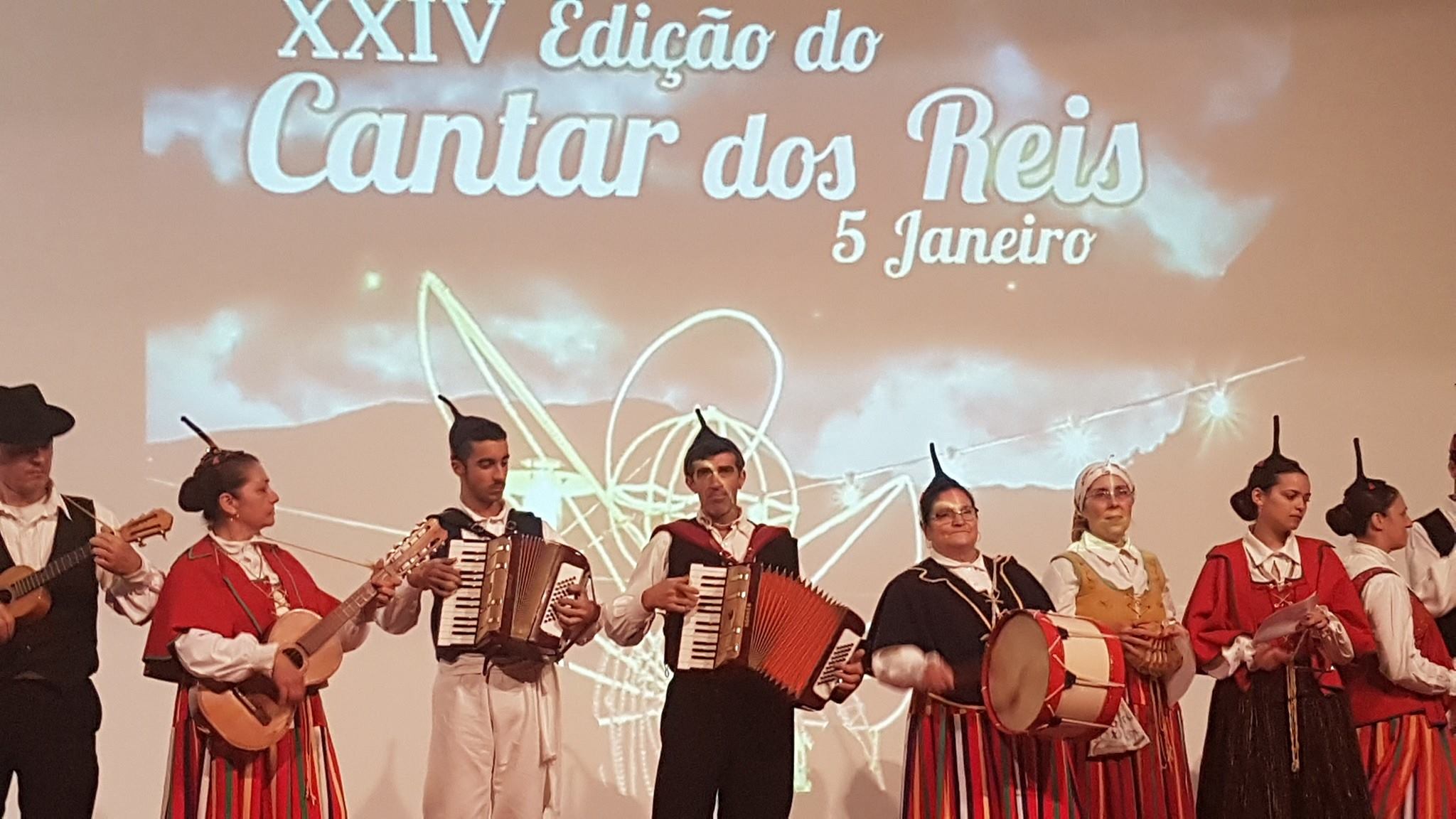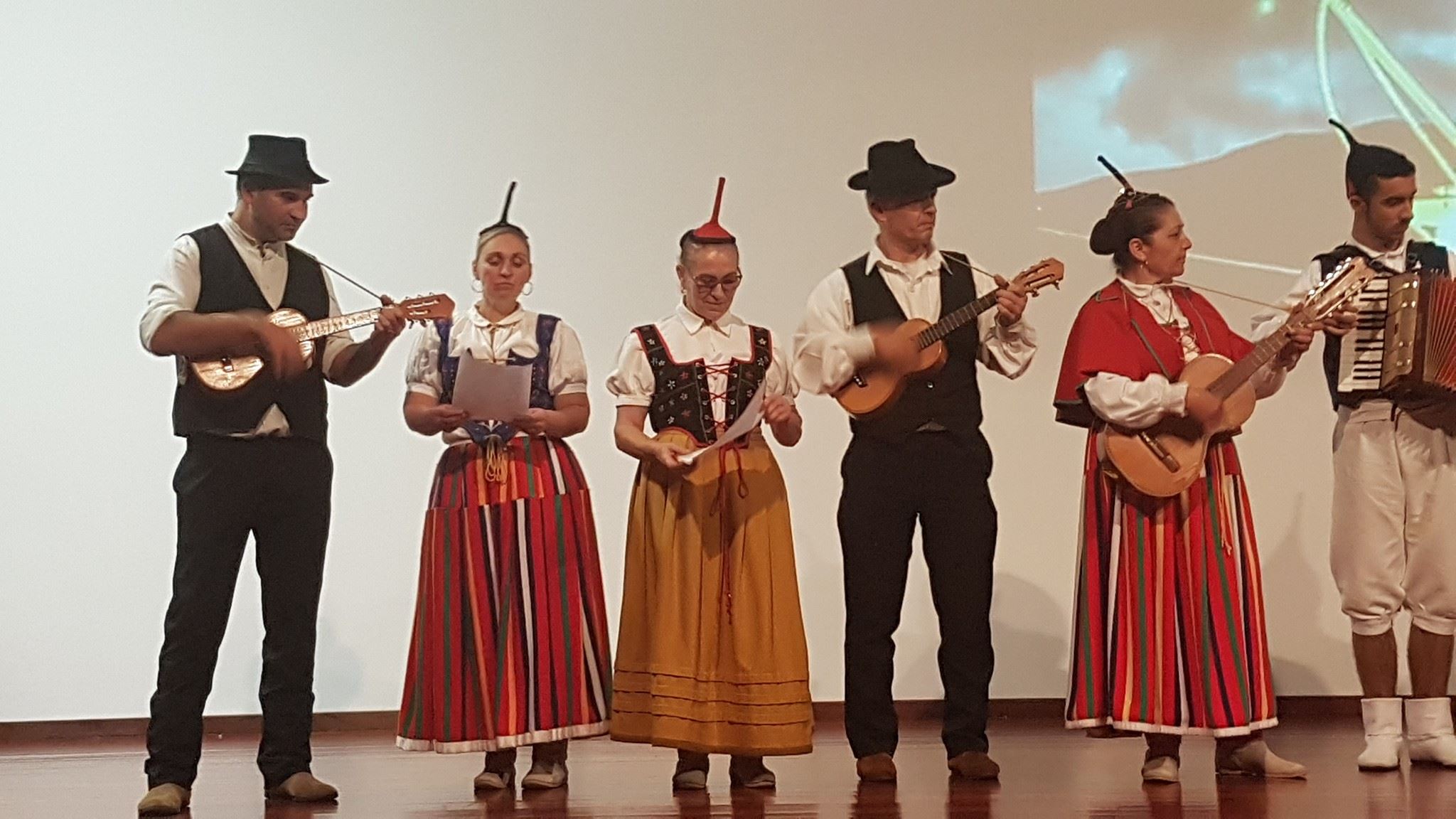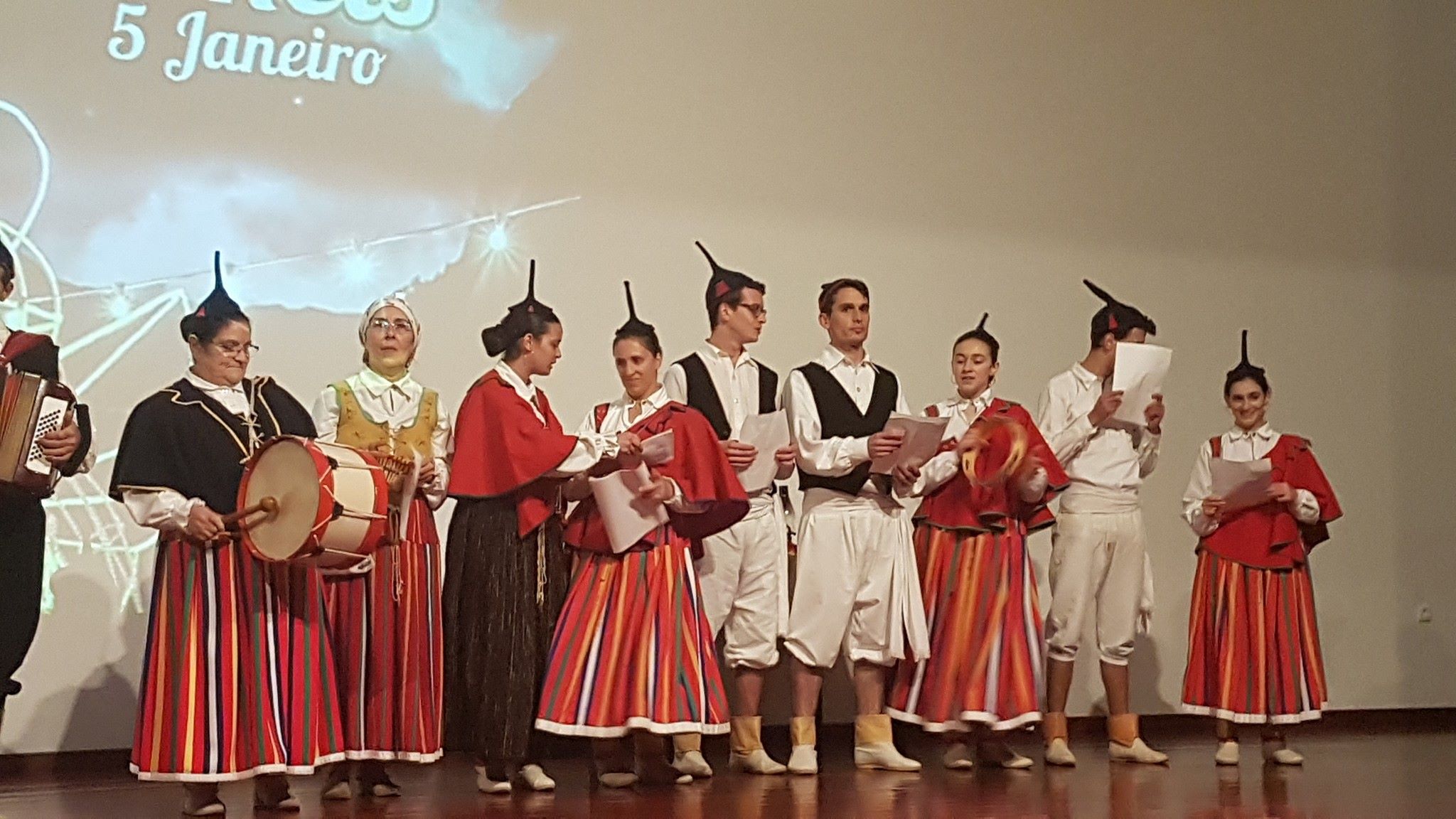TRADITIONAL DANCE FROM MADEIRA



REF:
MADEIRA TRADITIONAL DANCE
Category
DancersAbout This Project
The Group began with a small formation, guided by Mr. Luís Paixão, who had the adherence of the entire population, purposely creating the Curral das Freiras.
His first performance was at the Chestnut Festival in Curral das Freiras.
The group tries to represent the past of Curral das Freiras since the end of the century XVIII until the beginning of the century. XX, when its population depended essentially on what it produced on land and what it was going to sell to the Funchal market.
The costumes and ethnographic objects used are the result of a collection made with the oldest of the parish and the analysis of bibliography.
One of the objectives of this group is the valorization and occupation of the free time of the population of Curral das Freiras, this group tries to demonstrate to the younger generations their origins and their pride in keeping their traditions alive and not letting them go out of the Memory of our people.
Main songs and traditional dances:
Baile do Curral das Freiras
Baile das Romarias
Baile dos Noivos
Baile da Monda do Pomar
Baile de Nossa Senhora do Livramento
Domingo de Páscoa
Canção: Dias da Semana
Canção: Linda menina
Canção da Erva
Costumes
The Folklore group presents several costumes, but the most representative are the following:
– The Domingueiro costume that was used in the century. XIX by the woman to go to Mass and on feast days, it consists of a red colored skirt of uniform color, a white linen blouse and an interior combination. They have white or braided scarf on the head, with tips tied under the chin.
The man at this time wore the traditional white linen suit of the land, when he went to the market or when he was transporting the sick using the net. At the head he wears a round black cap of spun wool.
– In the places closest to the mountain range, the man wore the garment that consists of brown sheep’s trousers and waistcoats, a white linen shirt, a red scarf over his shoulders, and a cap of his ears.
– One of the cote suits worn by the woman featured is white wool skirt, cheetah shirt and black shawl, and flowery scarf for farm work and home-made activities. Some women did not wear a scarf.
– At the beginning of the century. XX the woman wore skirt and shirt of cheetah or linen, with Shawl of silk and crepe band. Some wore an entire calico dress.
The man wore a linen gate shirt, trousers and a corset vest, hat, and black decabedal boot. Some wore dark corset with black leather shoe.
– At the end of the 19th century and beginning of the 20th century, men wore slacks, linen shirts, high-heeled butifarras and cap of ears, to carry out the work of the farm.
“The women wore shirts and calico skirts for housework. Most of the time I performed the tasks barefoot.
National Representation:
– In 1990 they represented Madeira in FESTINATEL – Oeiras;
– In 1992 participated in a Festival of Folklore of the island Terceira – Azores;
– In 1993 they represented Madeira in several parties in Alcobaça;
– In 1994 they realized the first cultural exchange with the Folkloric Ranch of Fortios-Portalegre;
– In 1997 they made a cultural exchange with the Folkloric Ranch of Lavradeiras de Carreço – Viana do Castelo;
– In 1998 they made a cultural exchange with the Folkloric Ranch of São Paio de Gramaços – Oliveira do Hospital;
– In 2002 he accompanied the RAM Meat Association on a trip to Sousel – Alentejo;
– In 2003 they held a cultural exchange with the Group of Dances and Songs of Perre – Viana do Castelo;
– In 2006 they held a cultural exchange with the Flores ranch of Beira – Oeiras and the Folkloric Ranch of Polvoreira – Guimarães.
International Representations:
– In 2001, at the invitation of the Madeiran community in Caracas, he went to Venezuela;
– In 2005, at the invitation of the Madeiran community of Morro de São Bento-Santos, he traveled to Brazil;
– In 2008, at the invitation of the Association of the Children of Câmara de Lobos de Maracay, he went to Venezuela.



